DJI Mavic Air Review
DJI Mavic Air
This tiny 4K drone is the sweet spot in DJI's Mavic range
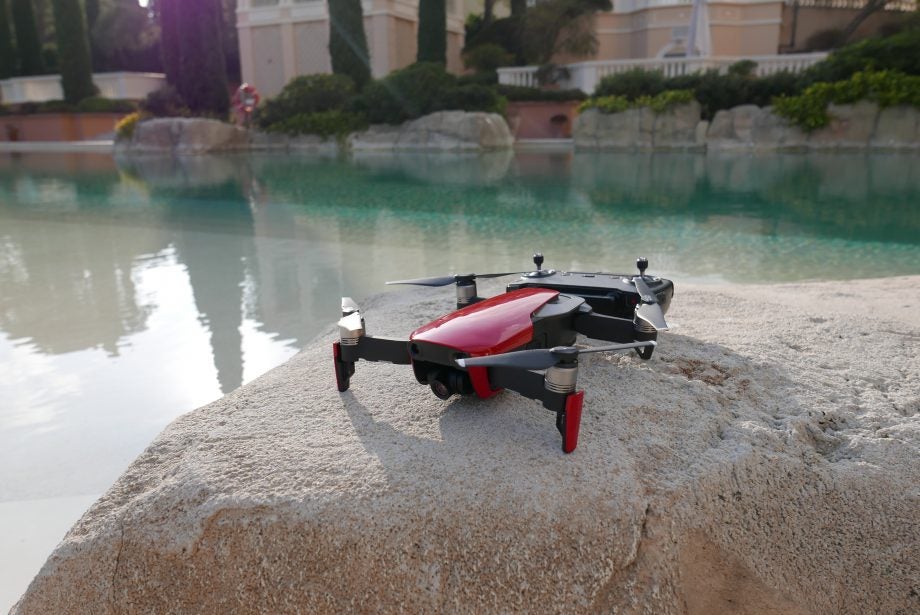
Verdict
Pros
- Incredibly compact and convenient to carry around
- Easy to fly with intelligent flight modes
- Great video quality
- HDR and panoramic still images
- Includes built-in storage
Cons
- Need to opt for the Fly More Combo to get the most out of it
- Switching between control methods can be fiddly
Key Specifications
- Review Price: £769
- Compact, foldable drone
- 4K/30 video
- 12-megapixel still images
- 32-megapixel spherical panoramas
- SmartCapture gestures
- QuickShot automated flight modes
- 8GB built-in storage
What is the DJI Mavic Air?
Sitting in between the beginner-friendly DJI Spark and the more premium DJI Mavic 2 Pro, the Mavic Air is the Chinese company’s mid-range, mini 4K drone.
The Mavic Air is substantially smaller than the Mavic 2 range, but still manages to pack in 4K video recording at 30fps and a range of handy, automated flying modes called ‘QuickShots’.
Since Black Friday 2018, it’s been available for £669, which is £100 lower than its launch price. That gets you the drone, remote controller, a battery, carrying case, two pairs of propeller guards, and four pairs of propellers. Again, this puts it in between DJI’s Spark and Mavic 2 Pro, although it’s now much closer in price to the former.
Like DJI’s other offerings, there’s also a Fly More Combo that includes three batteries, the remote controller, a travel bag, two pairs of prop guards, six pairs of props, a battery to power bank adapter, and a charging hub. This costs £849 and is probably the best bundle to go for if you can stretch to it.
The DJI Mavic Air takes the blueprint of the original Mavic Pro (itself a Trusted Reviews Awards 2017 winner) and improves on it in many ways. This makes it the best all-rounder option for wannabe drone pilots – even if it doesn’t quite hit the heights of the Mavic 2 Pro, it’s the best sub-£1000 flying machine you can currently buy.
Related: Best drones
DJI Mavic Air – Design
When folded down, the DJI Mavic Air’s footprint is just slightly larger than a phablet, and about half the size of the Mavic 2 Pro. This makes it DJI’s most portable model yet. While it’s unlikely to fit in your jeans pocket, it did fit reasonably comfortably in my jacket pocket.
Likewise, the remote controller is designed to collapse down in size. The phone cradle in the bottom folds down alongside the antennae on the top. The control sticks now unscrew and can be stowed away in the bottom, further streamlining the controller. The result is a device that is around the same size as the folded-down Mavic Air, so perfect for your other pocket.
Related: Best action cameras
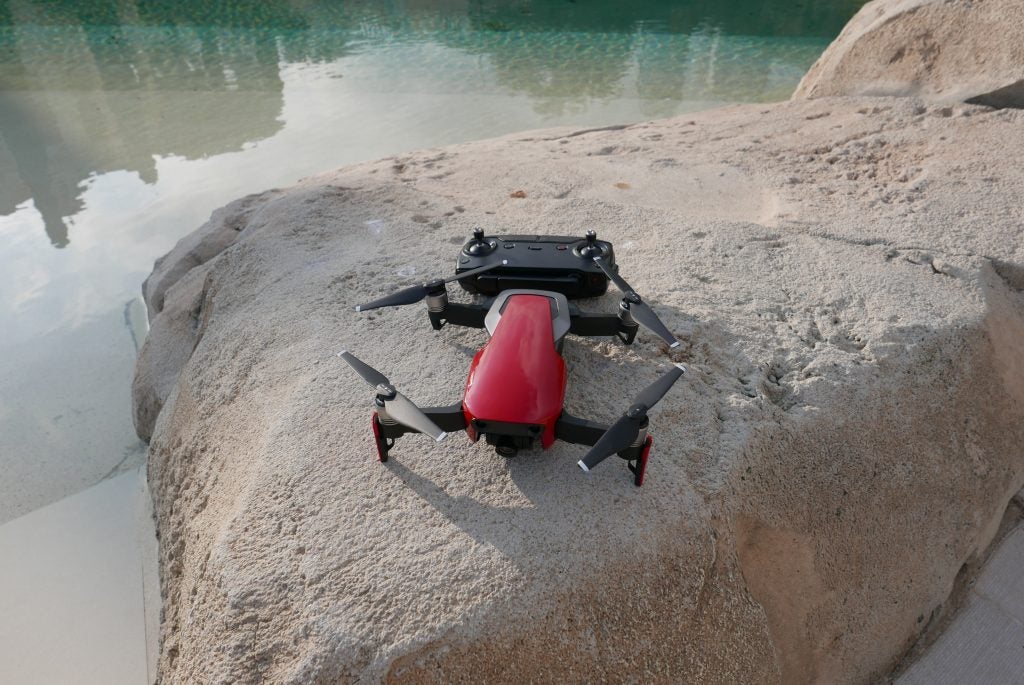
For the first time, I could feasibly take out a fully featured drone without the need for a bag, making impromptu flights when a moment warrants it far easier. The Mavic Air accompanied me on a recent holiday to Morocco, and it was liberating being able to quickly whip out the drone to record captivating footage of the surroundings or to take a group selfie from the sky.
I had a few folk who were surprised I was able to take the Mavic Air into Morocco. Supposedly, a number of drones have been confiscated at the airport. I’m assuming its distinctly unrecognisable form factor when folded down helped it get through the x-ray scanners undetected.
As a result of its new shape, DJI has had to add air vents in order to keep the Mavic Air cool. The Mavic Air weighs just 430g, so will hardly prove encumbering on your next outdoor adventure.
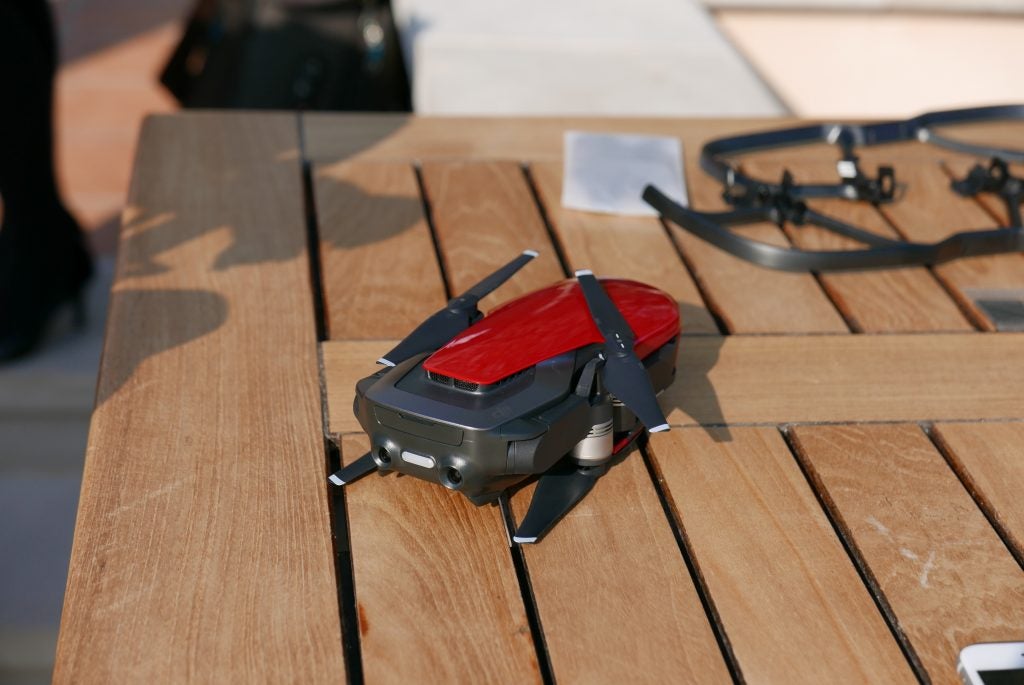
DJI has made improvements in the area of storage too. The Mavic Air includes 8GB onboard – a first for DJI. You don’t lose out on microSD storage either. I expect most people will still use a microSD card, but that 8GB will be welcome if you find yourself without a memory card.
A USB-C port has been added in place of micro-USB, so data transfer from the drone will be faster if you do need access to that onboard storage.
DJI Mavic Air – Features and flight
The Mavic Air borrows not only the folding design from its older sibling, but the 4K camera too. It means the Mavic Air sits between the DJI Spark (which doesn’t fold down and has only a 1080p camera) and the bigger DJI Mavic 2 Pro.
In total, there are seven cameras and IR sensors onboard to help the Mavic Air keep track of objects and surrounding terrain. DJI says its more powerful capabilities and optimised algorithms will make for a better 3D map of the environment, as well as more precise hovering and flight performance.
Object detection is present on the front and back, which has been improved to up to 20 metres. Hopefully, you’ll now have fewer accidents.
Morocco proved to be an excellent testing ground for the Mavic Air’s flight, as some of the days were particularly windy. In such conditions, object avoidance and hovering abilities can be compromised, as warned in the DJI GO 4 app. Even then, the Mavic Air coped remarkably well under some particularly testing conditions.
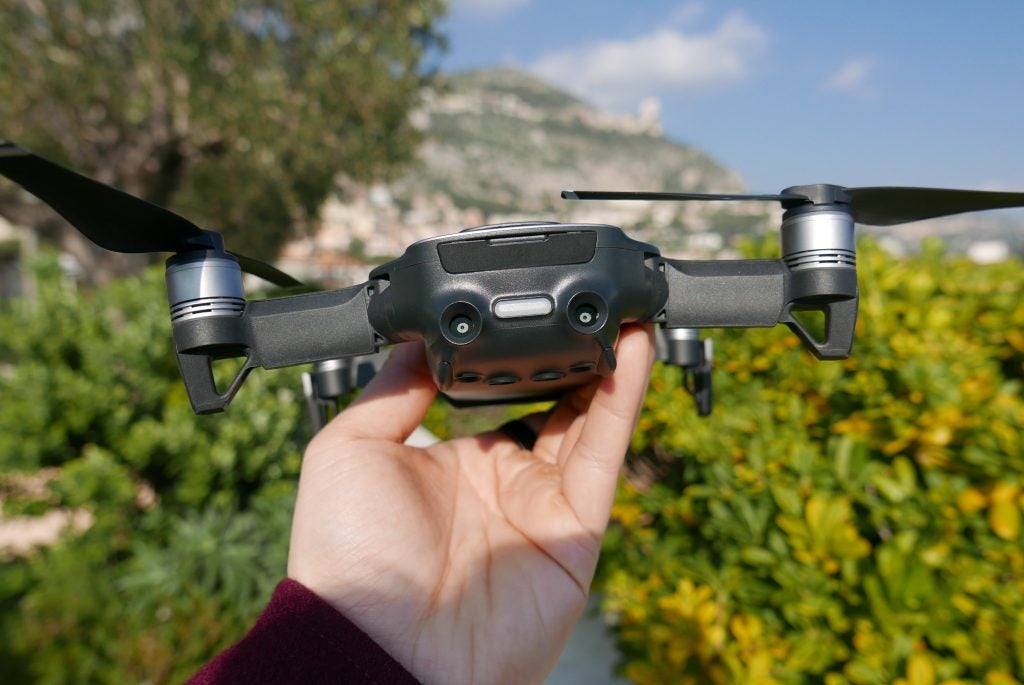
Only one time did it hiccup, and that was because of cold conditions. At one point, up in the snowy mountains, the app reported the batteries were too cold for take-off. That’s actually the first time I’ve ever encountered this issue, having on many occasions flown the device in cold, snowy conditions in the UK. Keeping the batteries warmed in my fleece-lined pockets brought them back to life eventually.
The Mavic Air has the Advanced Piloting Assistance Systems (APAS) for object avoidance, adjusting its flight plan to actively fly over or around objects rather than just coming to a stop.
At least in theory, that is. The Mavic Air actually needs quite a large run-up towards an object for the automatic avoidance to kick in. If it starts too close to the object, it will likely just come to an abrupt stop – which is still better than a head-on crash. It also struggled when there were two obstacles in close proximity. If the second obstacle is obscured by another, the Mavic Air won’t see it and as such won’t have enough time to re-draw a route around it.
Given a little more room to assess its surroundings, the Mavic Air can go up and over obstacles such as trees, or simply skirt around them. I can see this being a useful safety net for novice flyers. You can simply toggle APAS on or off in the DJI Go app.
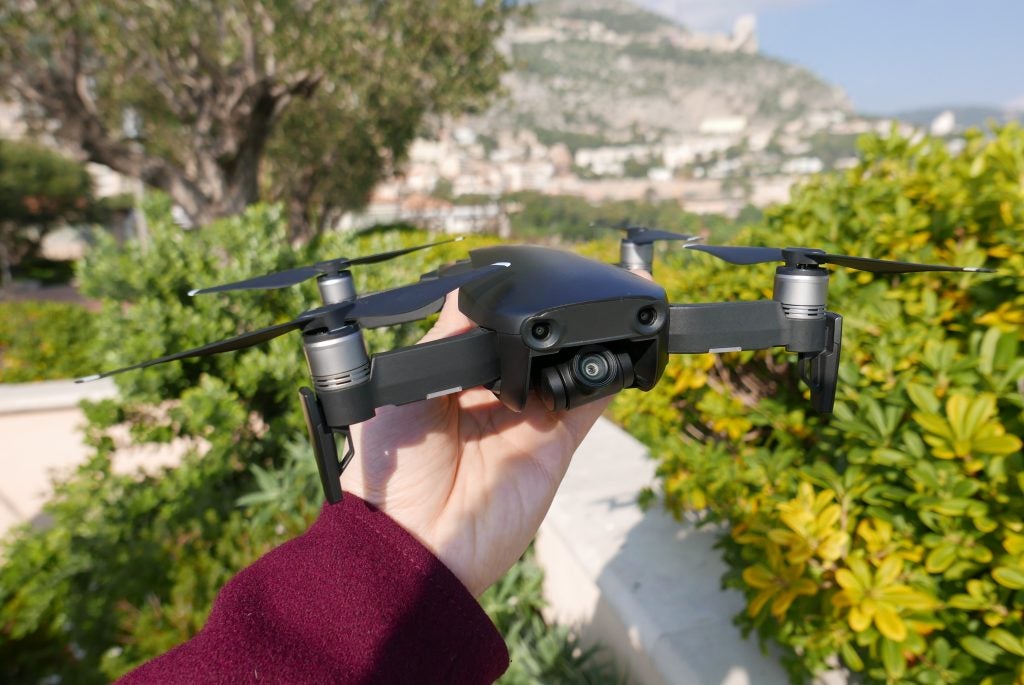
The Mavic Air can either be flown by the remote controller, or paired with your smartphone over Wi-Fi direct. The range is considerably less for the latter, but it can be useful if you want to quickly grab some shots. Annoyingly, though, going between the two control methods required re-linking the drone to the remote control, which makes it far less convenient for when you want to go back to more nuanced controls.
Initially, I also encountered some problems getting the DJI Go 4 app to recognise my OnePlus 5T smartphone, which was connected over a USB-C cable (short micro-USB and Lightning cables are also included for compatibility with other devices). It turns out you need to have USB Debugging – and possibly USB OTG – turned on for the phone to recognise a connected remote control. Worth keeping in mind.
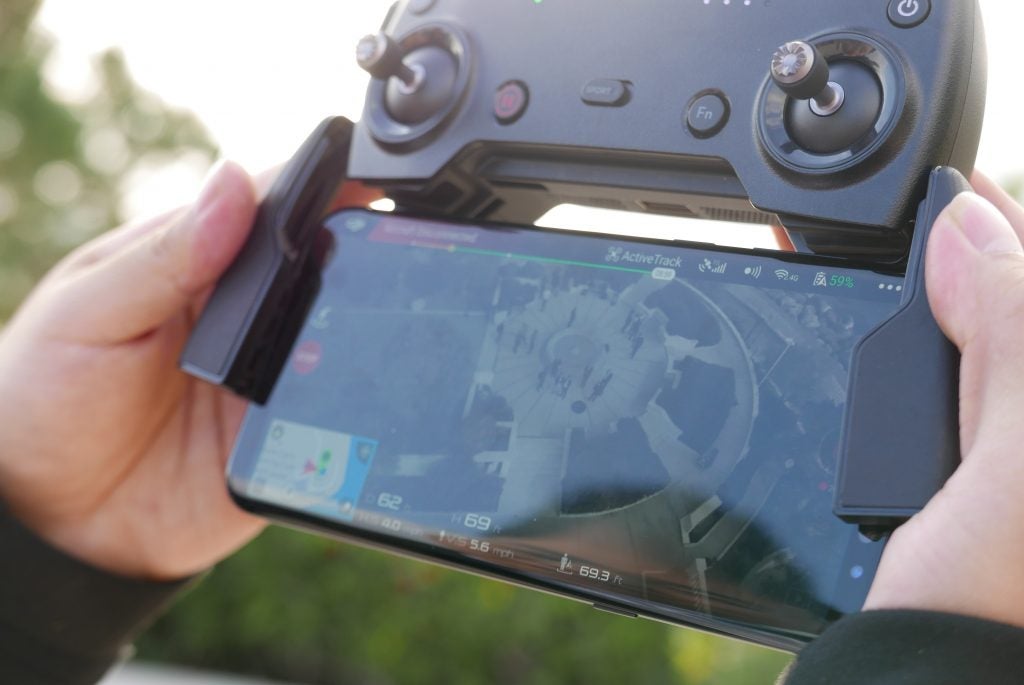
The remote control has a range of 2.5 miles/4km with 1080p real-time transmission, which is an improvement over many consumer drones that only allow 720p video transmission. When using the remote controller, you can also toggle on the Sport mode, which unlocks the Mavic Air’s top speed. This is DJI’s fastest drone yet, and it feels like it. It flies nimbly, however, and is great fun to use beyond the video- and image-capture capabilities.
The Mavic Air can withstand blustery environments up to 22mph, and you can expect top speeds of up to 42mph in Sport mode for those feeling particularly brave.
The controller is otherwise similar to its bigger brother’s, minus the screen and a wheel that can quickly adjust the exposure.
DJI Mavic Air – QuickShots and gestures
Automated flight modes also make a return, for more ‘hands-off’ flight. Known as ‘QuickShot’ mode, this first debuted with the DJI Spark, allowing you to capture professional-looking videos automatically.
These predefined flight paths resulted in some seriously dramatic shots. These include ‘Rocket’, which locked the camera on a target and then shot straight up in the air; and ‘Circle’, which had the camera fly around a target while keeping it in frame.
The Mavic Air has all of this functionality and more, with the addition of two new QuickShots in the form of Asteroid and Boomerang. Asteroid, in particular, is super-cool. It starts with a spherical image that zooms in as the drone descends towards the subject on the ground. It’s all a little bit Deep Impact.
Here’s an Asteroid video I shot where the footage was taken off the memory card. It’s worth noting that when saved through the DJI Go app, the app saves a version of it played back in reverse to live up to its Earth-crashing ‘Asteroids’ name. The drone actually records as flying away from you rather than towards you, however. The below is played back the way it was recorded:
The DJI Spark’s SmartCapture also returns, allowing you to control the Mavic Air with hand gestures to capture selfies, follow you around and more. That means you won’t have to dig out the remote controller whenever you want to grab some footage – making you feel like you’re controlling the drone with The Force.
DJI also adds new gestures such as using two hands drawn apart or brought together to control the Mavic Air’s distance while it’s locked onto a subject. Throwing up a ‘peace’ sign now tells it to take a still image.
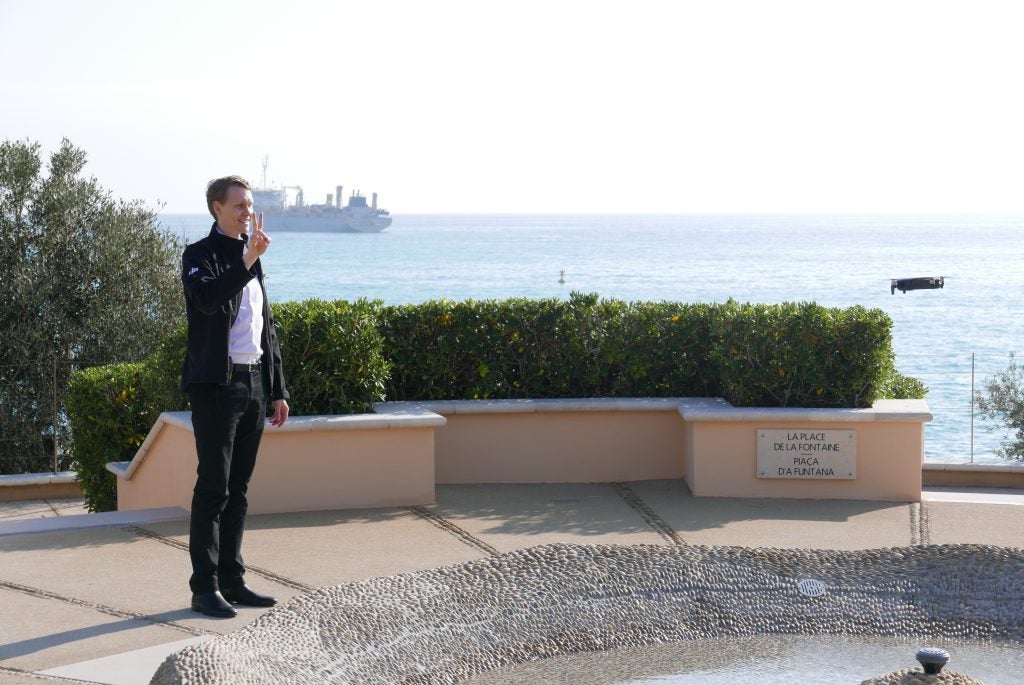
Overall, the palm gesture recognition’s accuracy seemed improved over that of the DJI Spark, which I often found struggled to achieve a lock. It’s still far from perfect, though. It requires a conscious effort to keep the drone under control and focused on your hand, and I wouldn’t feel comfortable using it in a busy environment. Keep the remote control or your phone nearby just in case.
DJI Mavic Air – Video and image quality
The Mavic Air is packed with a three-axis mechanical gimbal that itself sits recessed and suspended from dampeners to reduce vibrations further. The new mechanics result in seriously smooth footage, even under the most difficult wind conditions.
The camera itself has a 1/2.3-inch CMOS sensor that captures 12-megapixel stills and has an equivalent 24mm f/2.8 lens. If you really prize video quality, then it’s worth bearing in mind that the (much pricier) Mavic 2 Pro has a one-inch sensor, which really boosts its dynamic range and low light performance. It’s really the difference between a standard compact camera and a premium equivalent like the Sony RX100 VI.
Still, as you can see above, the Mavic Air still shoots superb video. You’ll be able to capture mechanically stabilised 4K footage at up to 30fps with a maximum bit-rate of 100Mbps. You can even drop down to 1080p for 120fps slow-motion footage for some added aerial dramatics. Image quality is excellent overall, with plenty of detail and sharpness.
The only time the DJI Mavic Air struggles is in low-light, where you’ll get noticeably grainier, less-detailed shots.
The DJI Go 4 app will also help you to edit your drone footage with transitions and music. It can automatically generate highlight videos, similar to GoPro’s Quik app too.
Here’s a recap of some of my flights in Morocco:
You can capture 32-megapixel spherical panoramic shots, with all the processing and stitching completed by the Mavic Air in about a minute. There are also HDR stills image capture thrown in. You can see some unprocessed example still images below:
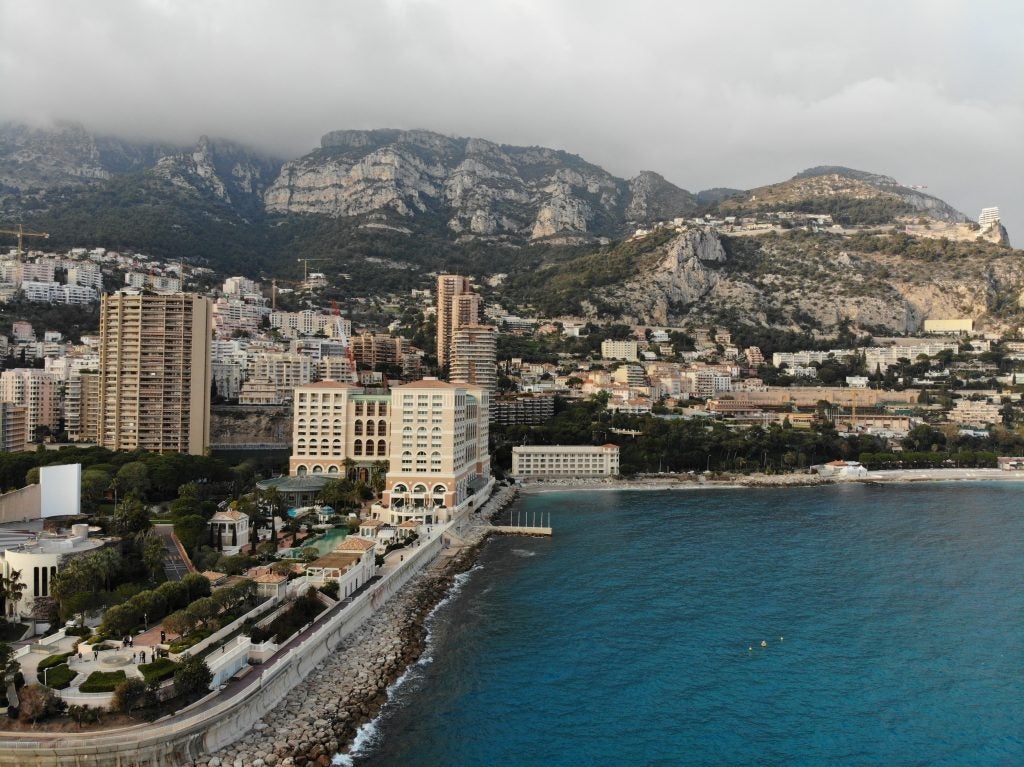
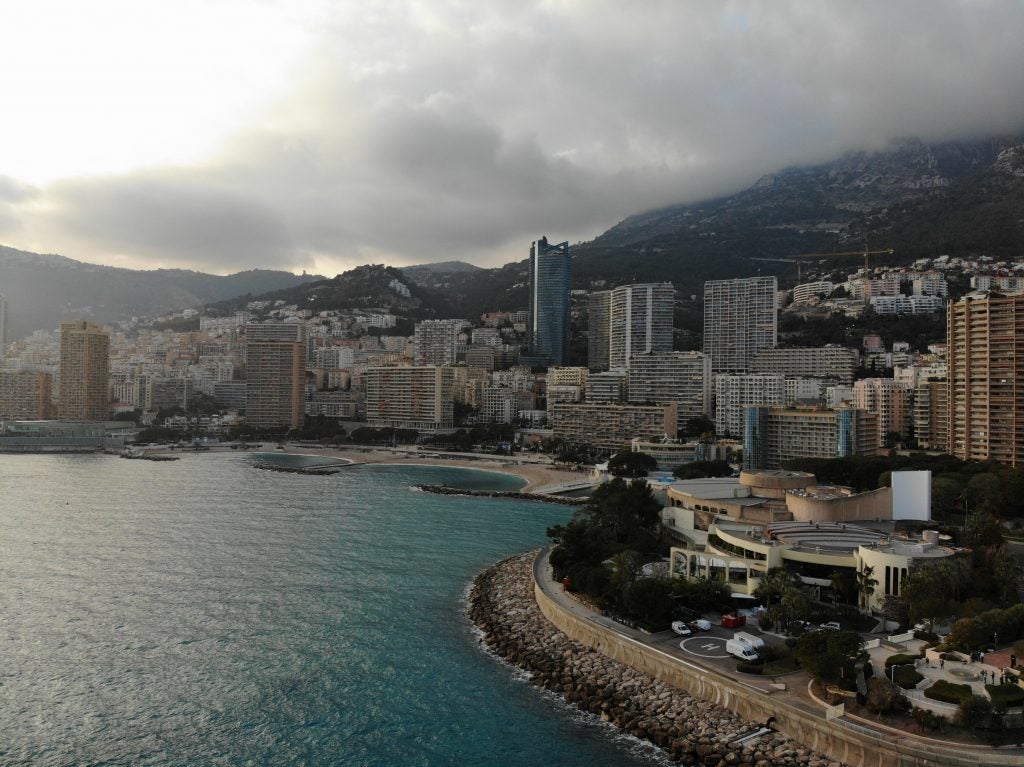
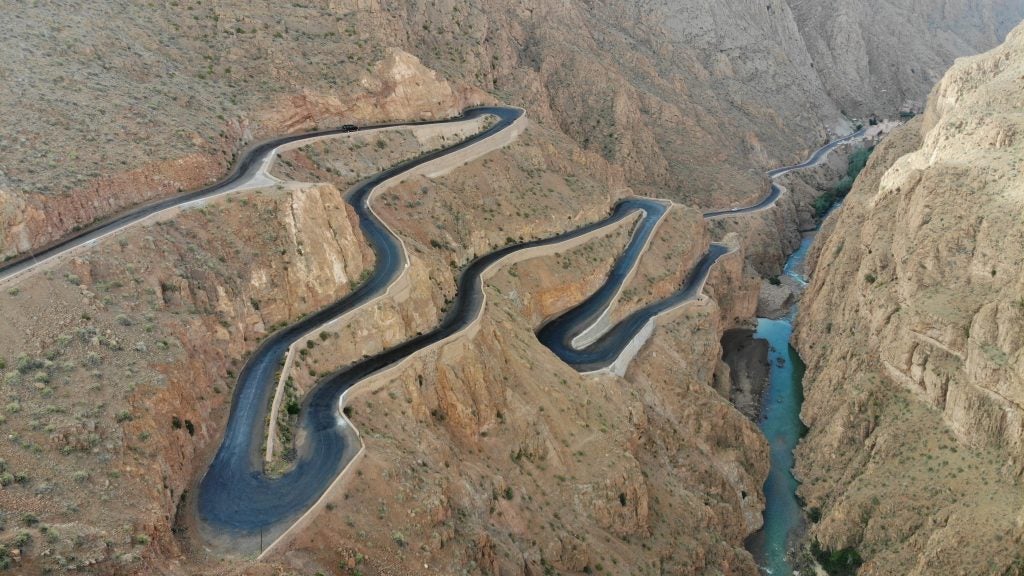
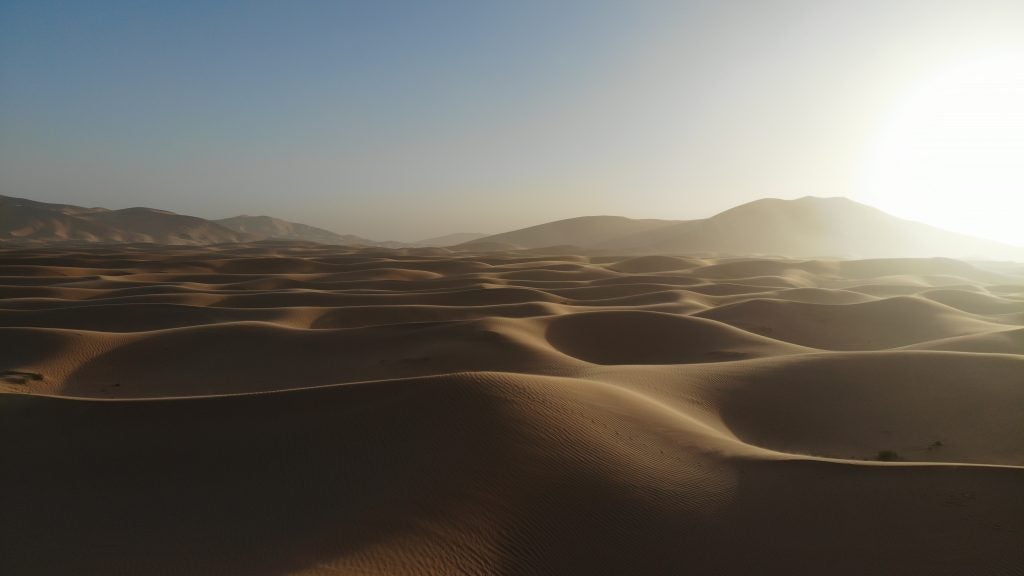
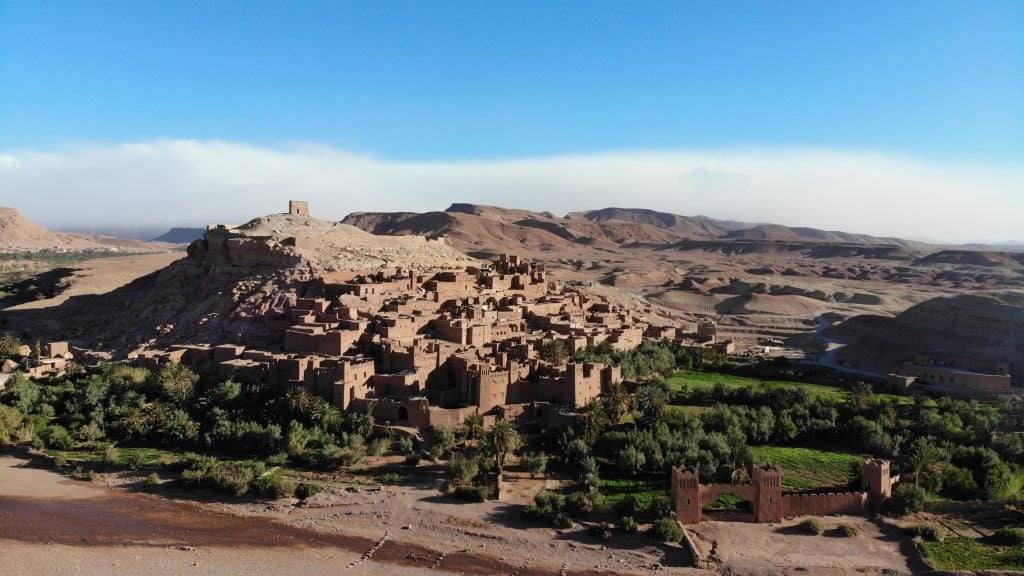
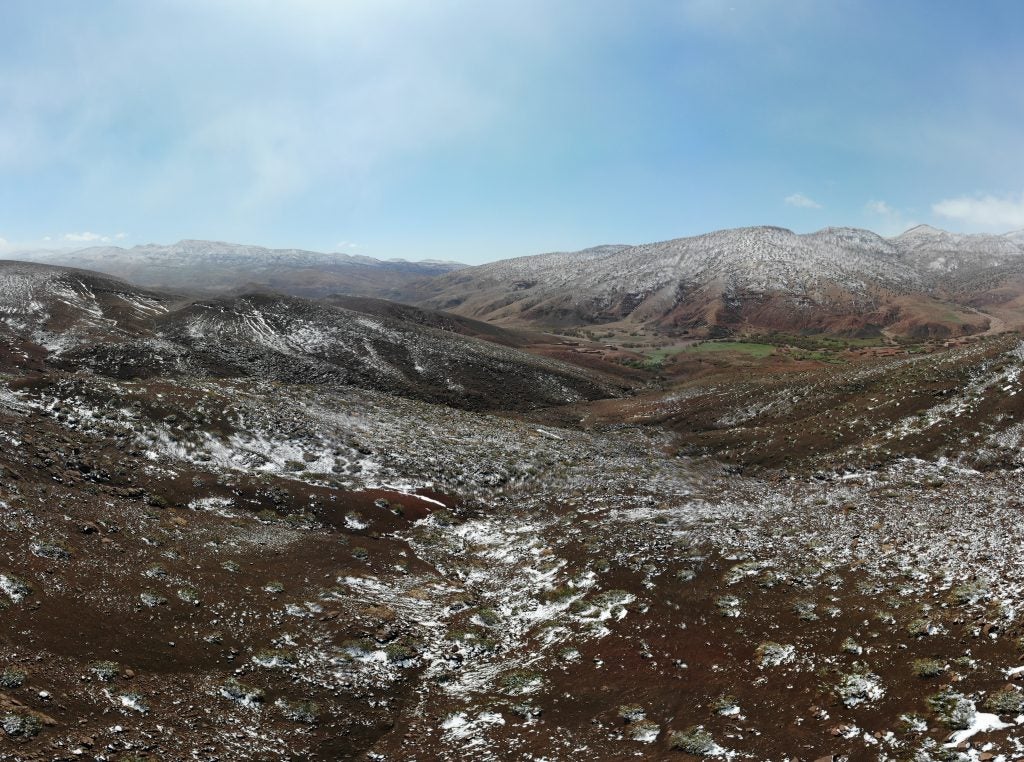
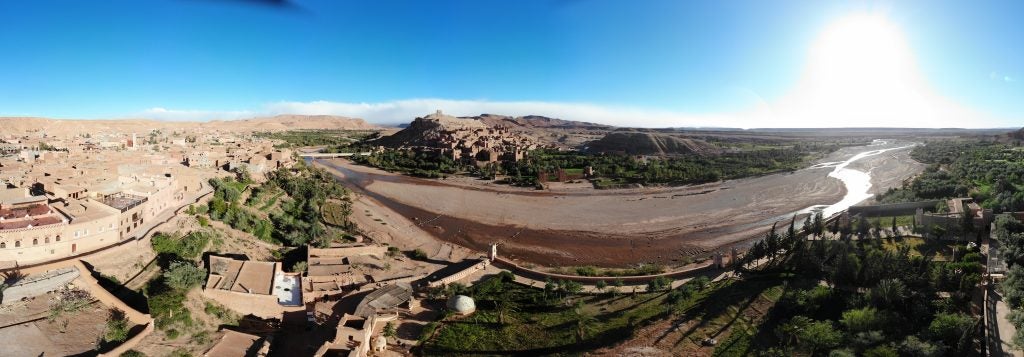
DJI Mavic Air – Battery life
You can expect up to 21 minutes of flight from the Mavic Air, under optimal conditions, which is more than the DJI Spark managed – but below the Mavic 2 Pro’s 31-minute battery life. This felt about right from my flights and made the Fly More Combo’s extra battery packs a more tempting prospect.
You charge the batteries in a separate intelligent charging cradle.
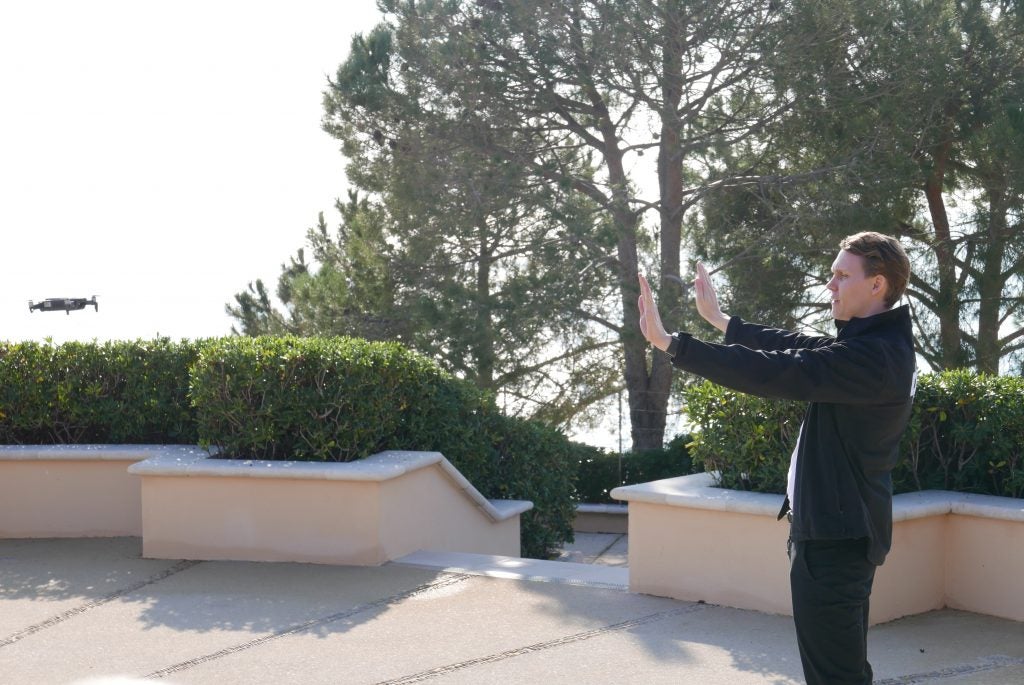
The remote control should last about two hours; its battery is drained by your connected smartphone, as it acts an external charger. One puzzling aspect is that the remote control is charged via micro-USB, whereas the drone itself uses USB-C for its data transfer. Potentially, this means carrying around two different cables.
Why buy the DJI Mavic Air?
With the beginner-friendly DJI Spark starting to show its age and the larger Mavic 2 Pro starting at £1,349, the DJI Mavic Air is something of a sweet spot for anyone looking to get into 4K aerial photography. Despite some strong new competition from the Parrot Anafi, it remains our favourite sub-£1000 drone.
The main reason for this is the Mavic Air’s combination of incredible portability with 4K video from a three-axis gimbal. This means that, in good light, you can get superb video quality from a drone that can slip inside a large jacket pocket or small bag.
The Mavic Air’s compact dimensions mean it lacks the one-inch sensor seen on the Mavic 2 Pro, so if you’re looking for really pro-looking footage to display on a large TV, then that remains the better bet. At its current price, though, the Mavic Air is less than half the cost of its newer sibling, which makes it excellent value.
Its other key skill compared to rivals like the Parrot Anafi is DJI’s obstacle avoidance, which means it’s easier and less nerve-wracking for novices to fly. Its QuickShots, those automated modes that make you look like a much better flyer than you are, are also great for beginners.
The Mavic Air isn’t perfect – its gesture controls remain a work in progress and its comparatively small sensor and limited ISO range mean that its low light performance lags significantly behind the Mavic 2 Pro.
But its affordable price tag, size and smooth, stabilised video quality make it king of the mid-range skies and the best sub-£1000 drone you can buy.
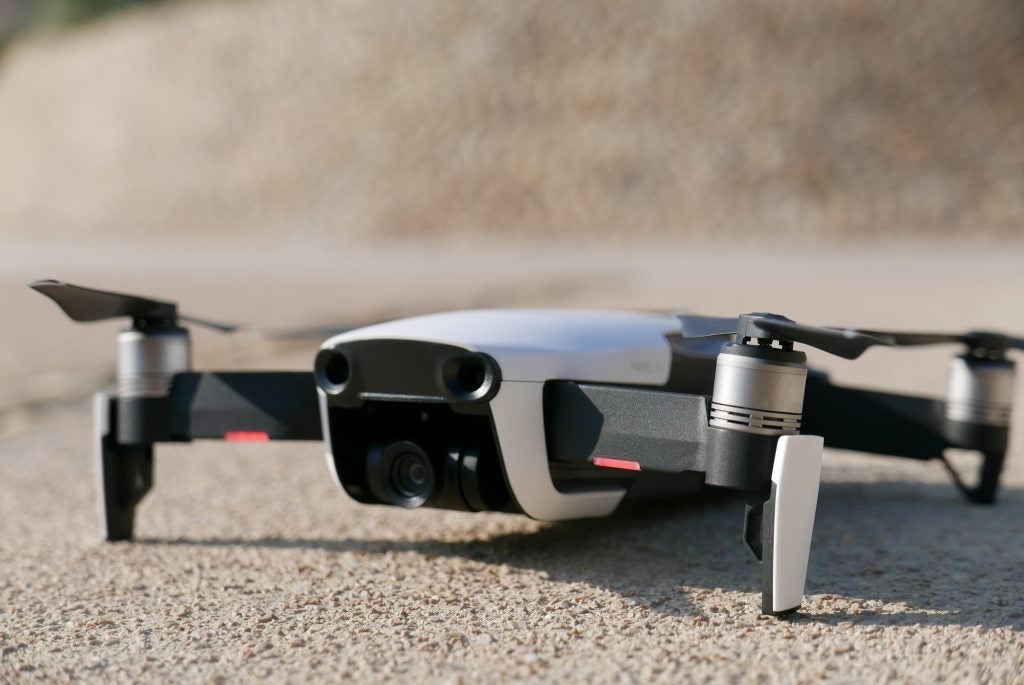
Verdict
The DJI Mavic Air is the king of mid-range drones, packing in incredible portability and fantastic image quality.
The Rivals
Parrot Anafi
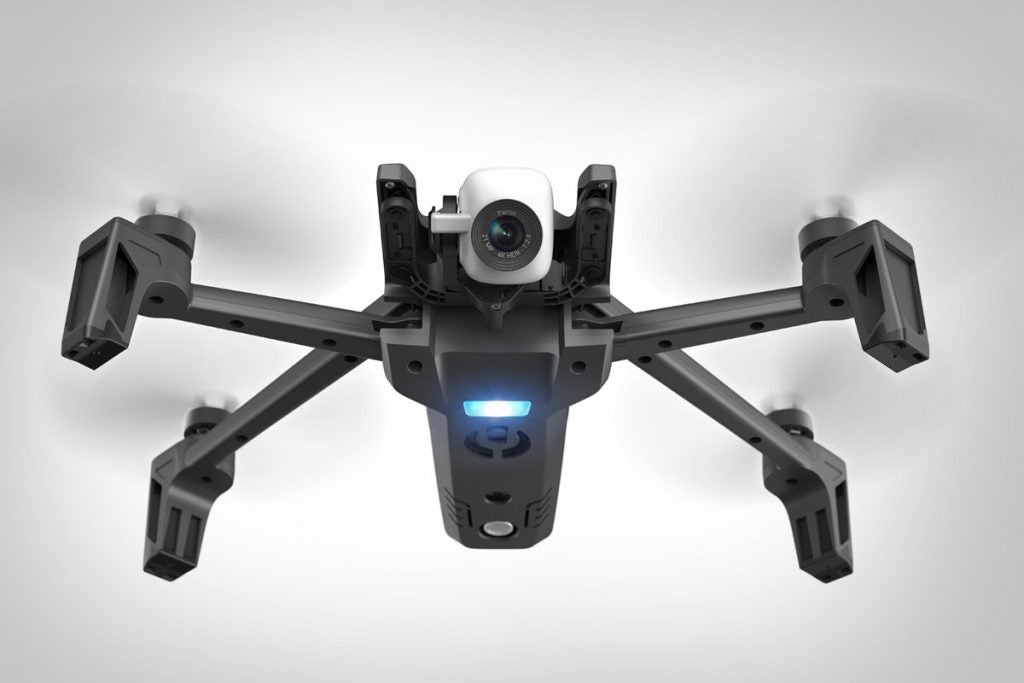
The Parrot Anafi is the Mavic Air’s closest rival, with a similarly compact, folding design and the ability to shoot 4K video with HDR.
Both drones easily slip into a backpack and shoot comparable video and stills, but the Mavic Air’s trump card is its obstacle avoidance, which is something the Parrot Anafi lacks. It is, though, currently much more affordable at only £469, which is great value.


